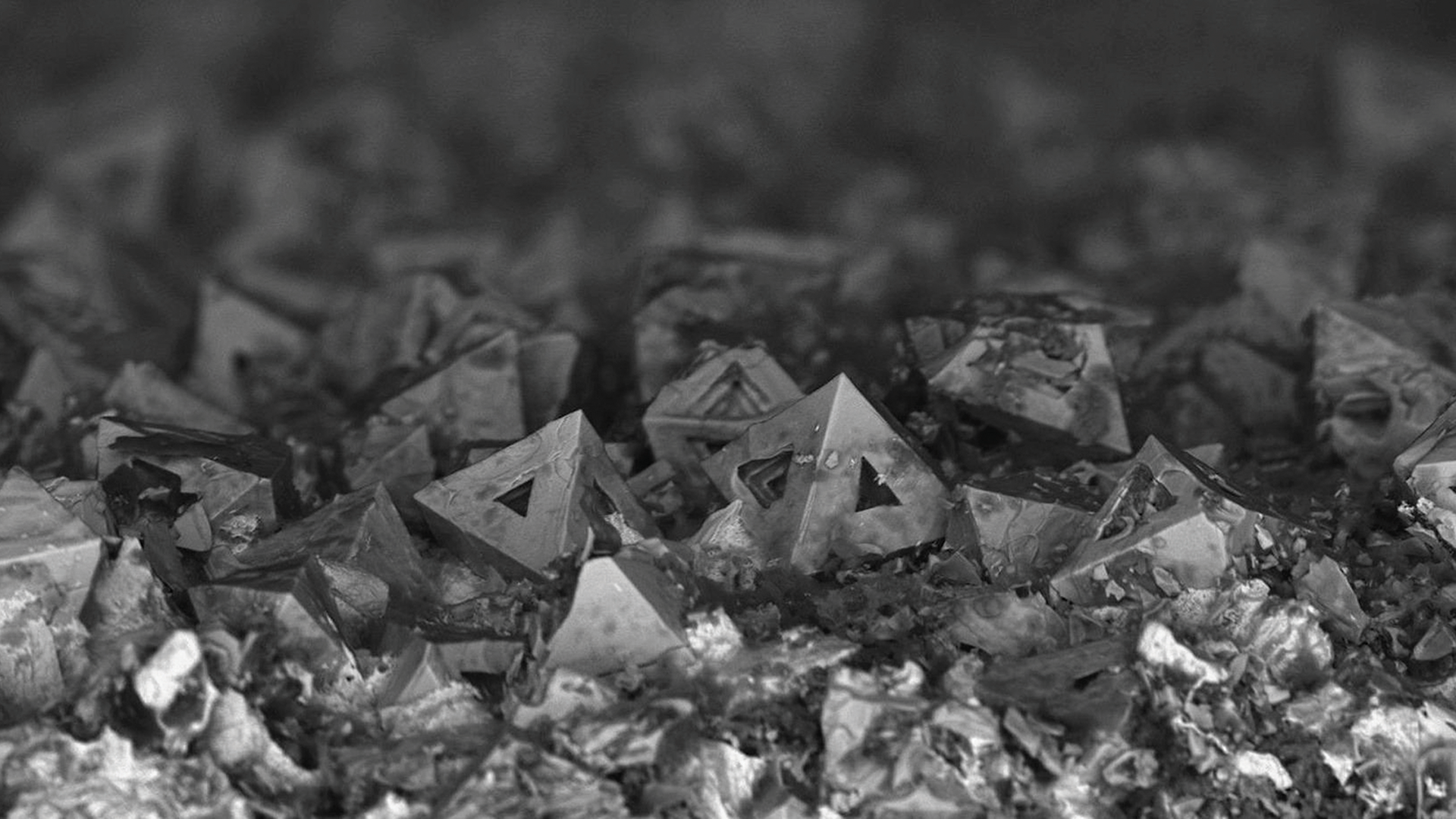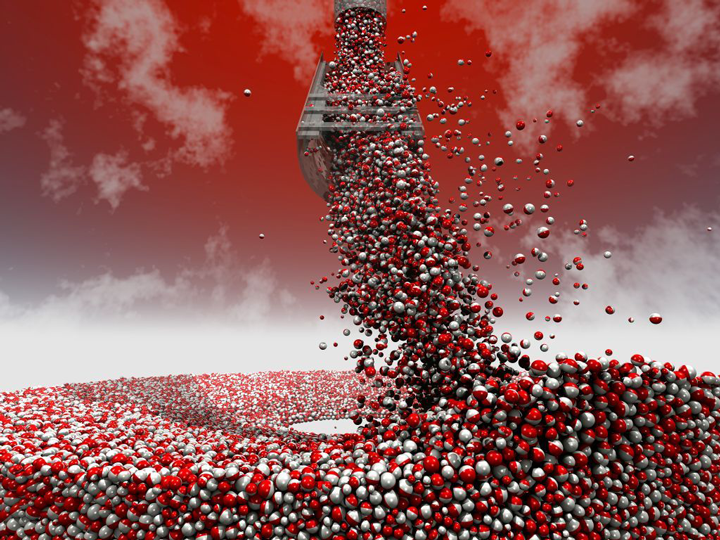Testing the Metal
Amanda Doyle visits SaMI to learn about the next steps for steel research
HAVING seen quite a few interesting news stories come from Swansea University on its steel research, I decided that this was something I’d really like to see for myself. Luckily, they were happy to host a visit and give me a tour of the Swansea Steel and Metals Institute (SaMI) and their other facilities. And they certainly had plenty to show me between the institute, the advanced imaging labs, and their energy-positive buildings.
SaMI is a project within the College of Engineering and is located at the university’s Singleton campus. The university has supported local industries for nearly 100 years and worked closely with the UK steel industry in the last few decades. This led to a strategic partnership with Tata Steel that enabled the creation of the new facility, supported by funding from Welsh Government. SaMI was opened in February 2018 with the goal of creating a “21st century steel and metals industry”.
“Our main aim is delivering innovation through partnerships,” says Felicity Dolby, Business Systems Manager at SaMI. “We’ve got a mix of people with academic backgrounds and people who’ve come into academia through industry. We’re trying to strike that balance between what industry wants and making sure that the academic research is pointed towards solving the actual challenges and issues that industry faces.”
“Broadly, our activities and equipment are categorised into four areas; simulating the process, testing of the material and checking their properties, materials characterisation where we’ve got a range of optical equipment aiming to look at steel from the different phases, and then applications development where we’re aiming to work with industry on where they want to target their product development.”
“People argue that you can do your R&D anywhere,” says Brian Edy, Director at SaMI. “Maybe fundamental R&D, but when it comes to scaling up and the initial stages of helping the industry to implement it, you need people who have synergy with people in that industry and their processes and really understand how it ticks. If you’re doing it from a long way off you won’t have that benefit, which I think is crucial to success. There’s no point in developing an alloy if you can’t cast it.”

Developing and testing alloys
Small samples of potential new alloys can be analysed before the most promising are tested in the VIM, a vacuum induction melting furnace, which is a smaller 60 kg scale replica of the 300 t blast furnace that would be present in a steel plant.
“How do you determine when you make a recommendation in this tiny little lab – which is a million miles away from a production process – how successful is it going to be when you put it on the line?”
Alloy development at Swansea involves testing hundreds of small samples, which is known as rapid alloy prototyping. This is being done as part of the EPSRC-funded Prosperity Partnership in collaboration with Tata Steel and Warwick Manufacturing Group at the University of Warwick.
“We can produce thimble-sized quantities of metals, and we can do that very quickly so you can produce lots of different alloy chemistries,” says Cameron Pleydell-Pearce, Professor at Swansea University College of Engineering. “The VIM uses a bigger, more representative volume of material but it’s much slower. That’s what this project is about. How do you determine – cheaply and quickly – what chemistries we should be using in a process? How do you determine when you make a recommendation in this tiny little lab – which is a million miles away from a production process – how successful is it going to be when you put it on the line?”

Rapid alloy prototyping can help to narrow down 100 different potential alloy combinations to perhaps just three. “When we have three really promising alloy combinations, we then have to see if we can melt it at a larger scale,” says Edy. “When we hot roll and cold roll it, what do the mechanical properties look like, and what does the structure of the material look like?”
Recent Editions
Catch up on the latest news, views and jobs from The Chemical Engineer. Below are the four latest issues. View a wider selection of the archive from within the Magazine section of this site.




